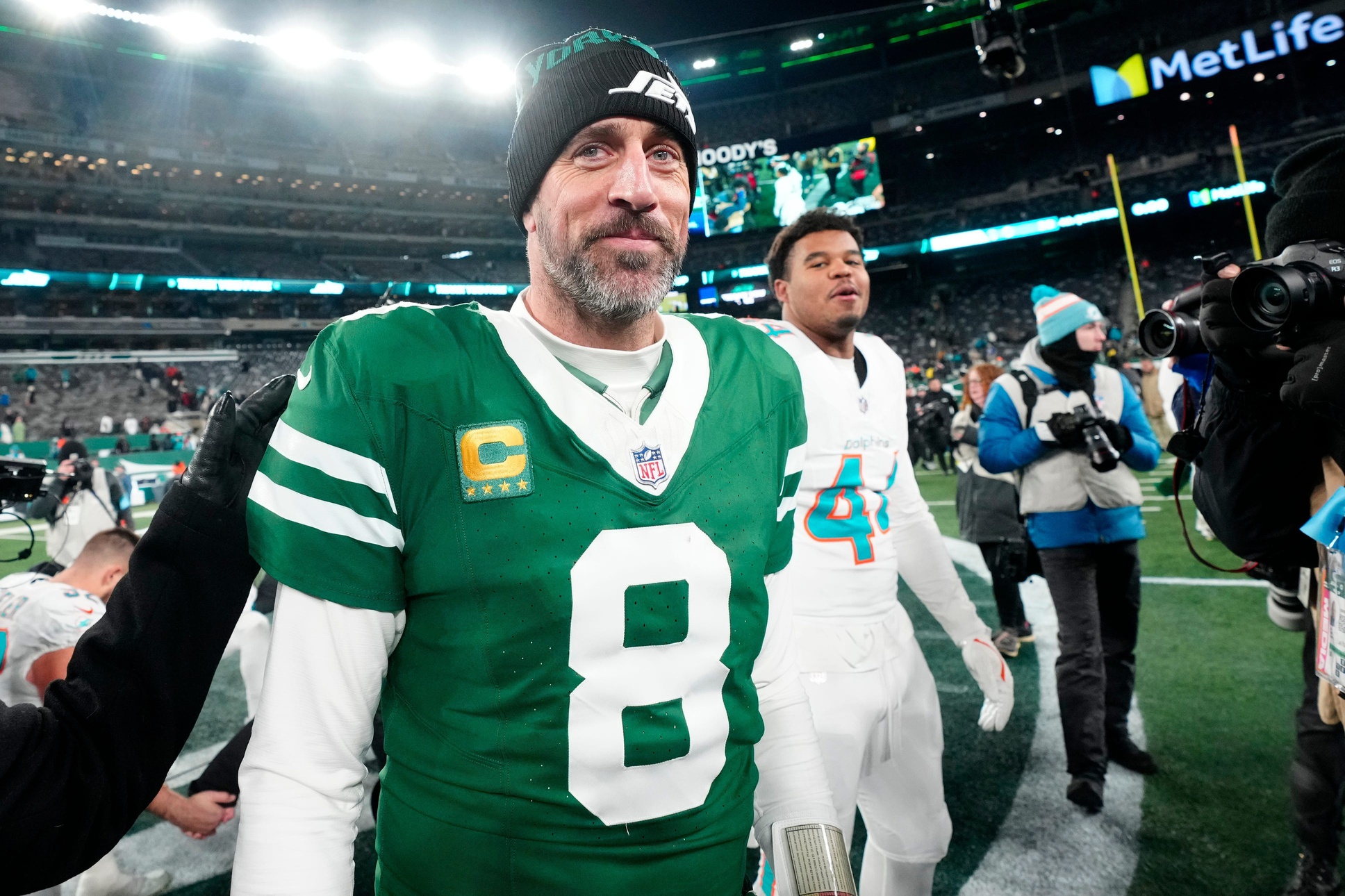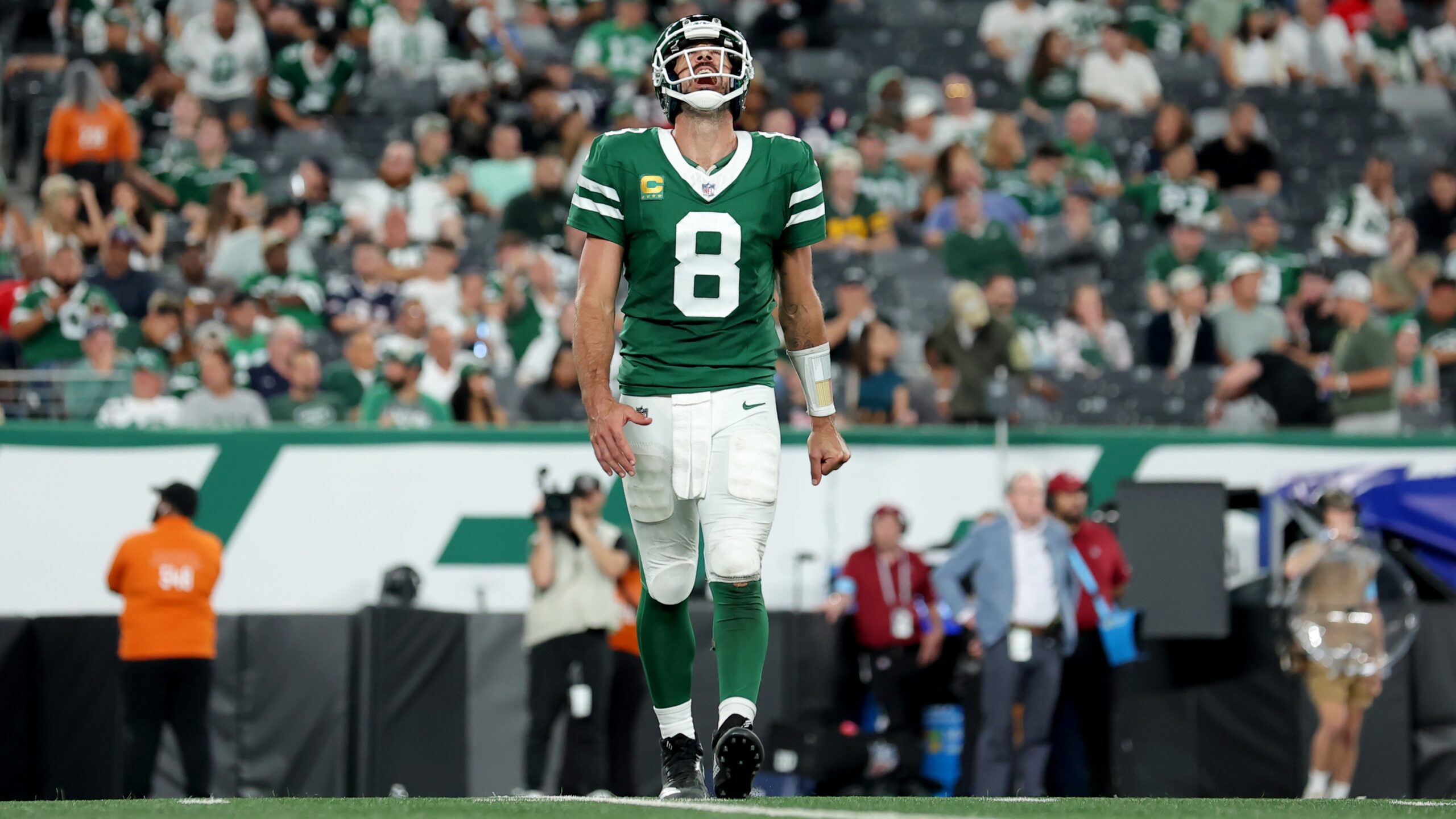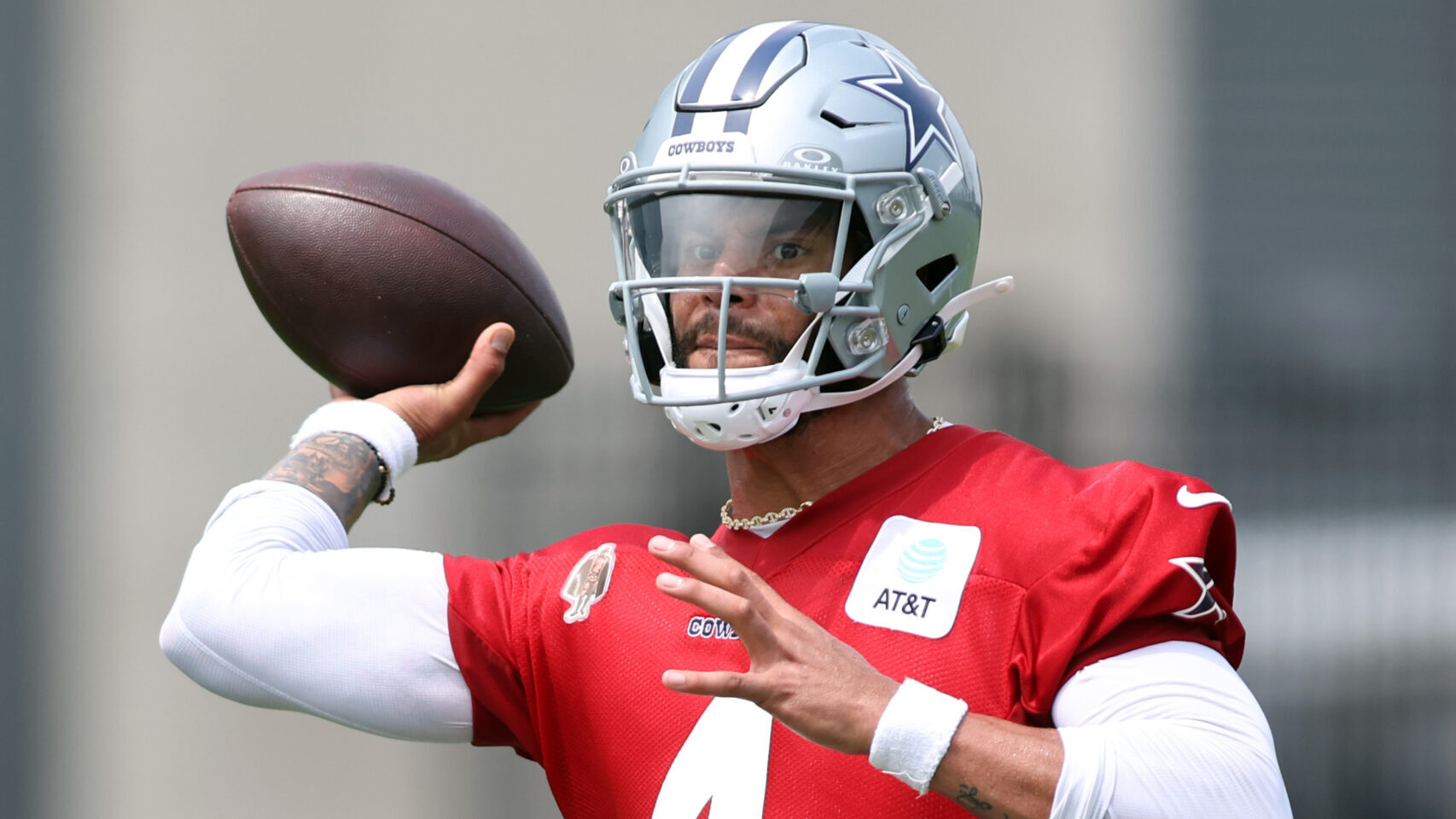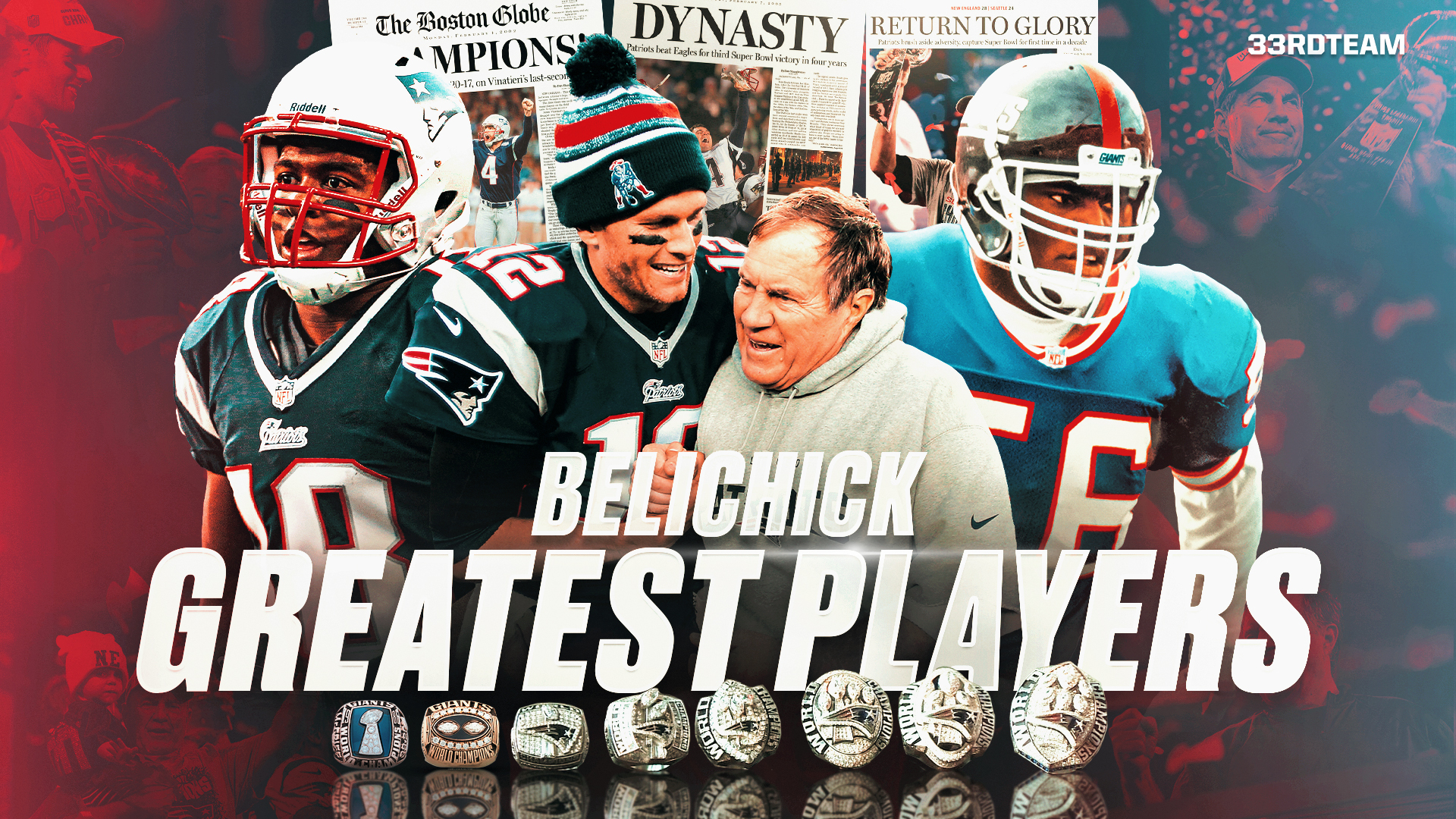Analysis
5/8/22
8 min read
NFL Salary Cap Explained
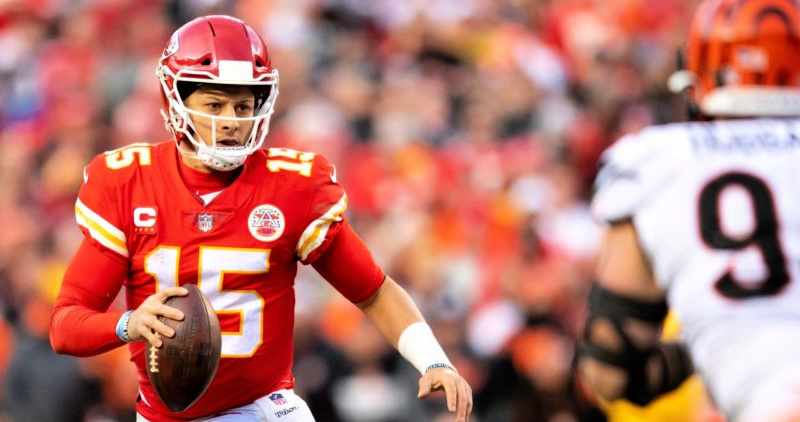
What is the Salary Cap?
The salary cap is an agreement between the NFL and its players placing a limit on the amount of money a team can spend on player contracts (including the player’s base salary and bonuses (such as roster bonuses, workout bonuses, operation bonuses, signing bonuses, and the like).
Unlike some other professional sports leagues, such as the NBA, the NFL uses a hard cap, meaning no team is allowed to exceed the cap for any reason.
The 2022 season “starts” on March 16th, meaning teams must be in compliance with the cap by no later than this date. For the current year, 2022, the salary cap is $208.2 million per team, which is a $25.7 million increase from the 2021 salary cap and a $10 million increase from the 2020 cap.
Since the implementation of the cap in 1994, the cap was only ever decreased once (from 2020-2021) because of lost revenue due to the COVID-19 pandemic.
How is the Salary Cap Calculated?
The salary cap is calculated by dividing a percentage of revenues (determined by the NFL CBA broken down into three categories: League Media revenue, NFL Ventures/ Postseason revenue, and Local revenue) divided by 32, because there are 32 teams in the NFL.
Currently, per the CBA, players get 48% of revenue sharing profits. Heading into the 2022 season revenue sharing equated to $433.755 million, so the players revenue share equated to $208.2 million, the cap for the 2022 season.
- Team Salary cap is calculated as: (Base Salary Cap) + (Carryover) +/- (Adjustments)
- Cap space is calculated as: (Team Salary Cap) – (Active Cap Spending) – (Dead Money)
- Base Salary Cap = $208.2M
- Carryover = how much the team saved in the previous year (the team must notify the league a couple of weeks before the start of the season in March how much of this money it wants to transfer to the coming year)
Salary Cap Constraints
There is a minimum salary under the CBA, 89% of the cap over a four-year CBA period. Any team that does not meet the 89% benchmark, must pay out to their players (any players who were on the team roster at any time during those four years, subject to reasonable allocation instructions from the NFLPA) any remaining value under the benchmark on or before September 15th of that coming year.
Along with the team minimum salaries, the NFL must spend 95% of the cap within the four-year CBA period, meaning that all 32 NFL teams combined must average 95% of the cap or higher.
If the NFL fails to reach the 95% benchmark, the NFL must pay the remaining amount needed to reach 95% directly to players who were on a club roster at any time during the four-year period, subject to allocation instructions from the NFLPA.
Application of the Salary Cap in Terms of Player Contracts
Teams with more cap space spend more money during free agency. The salary cap tends to increase every year, as NFL revenues increase. This is why a lot of teams that are low on cap space will backload player contracts to save cap space and push it to later years where they will have more space.
However, if a team wishes not to pay the player in later years of the contract, the team can either release the player or renegotiate the player’s contract. This makes players less likely to sign a backloaded contract, so signing bonuses are used to persuade the players to sign the contract.
Signing Bonuses and the Cap
Signing bonuses are guaranteed money that is given to a player regardless of whether or not the player stays with the team. They count against the team’s cap; however, while the player gets the lump sum of the signing bonus upfront, the team from a salary cap prospective, can spread out the signing bonus equally throughout the life of the player’s contract up to five years.
For example, a twenty million dollar signing bonus on a five-year player contact would account for four million dollars in cap hits each year for the team. For a more specific example, take Andrew Luck, the first overall pick in the 2012 NFL draft. Luck signed a four-year contract with the Colts worth $22.1 million and included a $14.5 million signing bonus.
Rather than having a $14.5 million cap hit in 2012, the Colts spread out his signing bonus over the life of his contract, meaning the hit against the cap would be $3.625 million per year over four years instead of a direct cap hit of $14.5 million directly in 2012. This gives the Colts more leverage and cap flexibility in signing other players.
When a player receives a signing bonus through an extension, the cap is affected every year remaining of the entire contract up to five years, rather than just the new years. Additionally, any signing bonus remaining from the original contract will still count under the original years of the contract in terms of cap hit.
For example, Aaron Rodgers signed an extension in 2013 with a $35 million dollar signing bonus. This bonus will be prorated through the years of his extension as well as any years remaining under the original contract, while his original signing bonus will remain prorated just over the years of his original contract.
For a more specific example, Russell Wilson signed a four-year contract extension in 2019 with one year remaining on his original contract. The signing bonus was $65 million, so the team spread out the salary cap over five years (the four years of the extension plus the one remaining year left from the prior contract).
Dead Money
The term “dead money” refers to remaining fully guaranteed money on the contract after a player is released/traded. If a team cuts a player, the team must pay the full amount outstanding. The full amount remaining will get accelerated into the team’s cap in the season the player is let go/traded.
This can significantly reduce a team’s cap space. Dead cap hits are the best way for players to protect themselves from being cut, as an extremely high dead cap hit can serve as a strong deterrent for teams to prevent cutting players when they are tight on cap space in the current year.
However, teams can spread a dead cap hit over two seasons (the current and next season) by releasing or trading a player after June 1st of that year. They can also use a “June 1st designation” on two players every offseason in order to cut a player prior to that date but still get the cap benefits that come with it.
Incentives and the Cap
There are two types of incentives: likely to be earned (likely incentives) and not likely to be earned (unlikely incentives). Likely incentives are performance-based benchmarks put into a player’s contract that he was able to complete in the previous season. For example, Dak Prescott, the Cowboy’s quarterback, had 4,449 passing yards in the 2021 season.
So, a likely bonus could be that he would have 4,400 passing yards in the 2022 NFL season. Likely incentives are included in the team’s cap hits at the beginning of the year. If the player does not end up meeting the criteria, the team gets credited with the amount of the bonus that was not met for the following season.
If a player has a performance-based incentive that he did not reach in a previous year, for example, Dak Prescott passing for 5,000 yards in 2022, this would be considered an unlikely incentive. Unlikely incentives are not counted against the cap, as they are unlikely to occur. Similarly, if the criteria for an unlikely bonus is met, the team’s salary cap the following season will be reduced accordingly.
Why does the NFL have a Salary Cap?
The NFL’s salary cap was designed to allow the NFL to control team spending on players salaries to limit financial risks and maintain integrity in the league. The NFL also believes that with all teams being subjected to the same spending limits, the league can create more competitive balance among all of the teams in the league and avoid the richest owners in the best markets essentially “buying” better rosters like how the Yankees and Dodgers have for years in the MLB.
WATCH MORE: Lamar Jackson's 'Aaron Judge Contract Program' Is Paying Off
[bc_video video_id="6312520726112" account_id="6312875271001" player_id="default" embed="in-page" padding_top="56%" autoplay="" min_width="0px" playsinline="playsinline" picture_in_picture="" language_detection="" max_width="640px" mute="" width="100%" height="100%" aspect_ratio="16:9" sizing="responsive" ]


